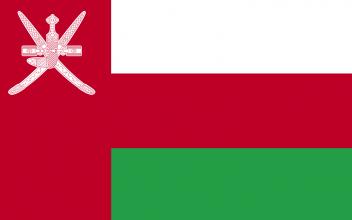The mountainous region of north western Afghanistan was known as Ghur in the Middle Ages. Due to its geographical layout and inaccessibility, political control of the area was often fragmented, relying on local lords and their personal fortresses to rule and protect individual towns. Nonetheless, the sultanate of the Ghurids emerged in the twelfth century, uniting the region and becoming, by the early thirteenth century, a powerful state that extended from Herat in Afghanistan to western Bengal, even reaching the borders of Tibet and Kashmir.
The Ghaznavid emirate was established in Afghanistan in the late tenth century AD, out of the disintegrating rule of the Samanid emirs. Various local rulers around Afghanistan and in Baluchistan were brought under Ghaznavid control and a conglomerate empire was constructed out of tribes and sedentary states in Transoxania. The high point of Ghaznavid power was under the reign of Emir Mahmud, 998 to 1030, who expanded his territories by military conquest until it stretched from Azerbaijan in the west to the Ganges valley of northern India in the east.
The Delhi sultanate emerged in the fourteenth century after a period of political instability in India during the previous hundred years, caused by internal rivalry for power and frequent Mongol invasions. The sultanate reached its zenith both geographically and politically in the first half of the century under Muhammad b. Tughluq, who died in 1351. There were however on-going social tensions, not least between the Muslim and Hindu elements of Indian society, which continued to run high until the disintegration of the sultanate in the sixteenth century.
Medieval coinage can provide insights into not only the economy but also the politics, traditions and structures of power within a society. From the eighth century, after the Arab conquests, coins started to be minted with Kufic Arabic inscriptions on both sides, and the various changes in the precise wording and depiction on these coins tell a fascinating story of changing political and religious values over the centuries. The exact weight and composition of a coin also indicates the state of the economy, according to the quality of the metals used.
The Timurid Empire covered west, south and central Asia and was founded by Timur (sometimes referred to as Tamerlane) during his reign from 1370 to 1405. It developed out of the shadows of the Mongol Empire, as disputes between leading tribal khans tore apart any remaining Mongol unity and allowed Timur to emerge as a new leader of a reconstructed empire. After his death however, he left no clear line of succession, and his conglomeration of states and tribal territories fell apart.
From the mid-seventh century, Central Asia was faced with Muslim Arab armies from Saudi Arabia, who, having conquered the lands of the Sasanian Empire, turned to invade the c
These three tribal groups inhabited eastern Central Asia from the eighth to the thirteenth centuries, with the Uighurs and the Kyrgyz living in the northern plains and the Tangut settling in the south, around modern day Tibet.
Rivalry over the control of the Silk Roads had a profound effect on the political and military history of Central Asia in the Middle Ages. From the seventh century, the Turkish nomads became an increasingly powerful force and so started to try and dominate the Silk Roads, leading to a series of wars both with China and with Sasanian Iran. Tokharistan and Gandhara were two territories that the Turks aimed to conquer in order to establish this supremacy, with varying degrees of success.
In the seventh century, three new and important political powers came to dominate Central Asia. To the east, the Chinese Tang dynasty emerged and would remain powerful until the tenth century; in Tibet, the Bod rulers triumphed definitively over their rivals, and finally to the west, the Arab caliphate came into existence. These new powers constructed their own cultural identities, as seen in the archaeological and artistic remains from this period.





